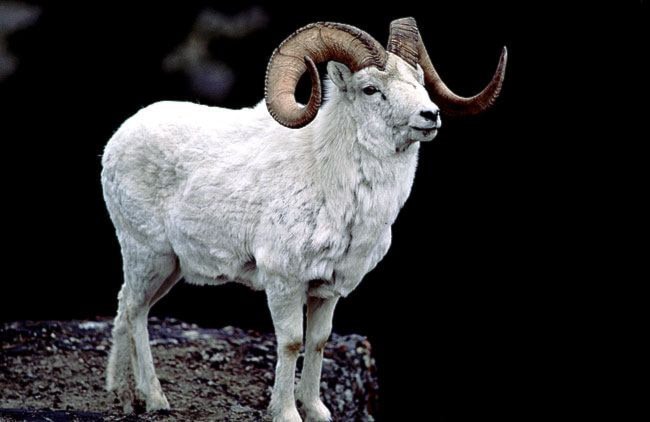Since the last week in June, Environment Yukon staff have been peering out of helicopters, binoculars in hand, counting up just how many Dall sheep there are in southwestern Yukon.
It’s likely the largest aerial count of the animal that has ever been done, said Troy Hegel, the biologist heading up the survey.
The survey, which is expected to wrap up next week, covers an area from Carcross to the Donjek River.
Biologists are counting the number of sheep they find, including lambs and rams. Rams are also being classified based on the curl of their horns - an indication of how old they are.
Many of the spots they’re looking at have never been surveyed before, said Hegel, which means biologists will now have a baseline for those populations.
“Largely what we’re looking at is lamb productivity, how many lambs there are in the whole area. That gives us an idea of how many sheep we’ll have in the future,” Hegel said.
Before this, sheep surveys were done on much smaller pockets of land, like in the Southern Lakes, Ruby Range, or Faro areas, at the same time as the annual caribou count.
Covering a wider swath of land this time means scientists will be able to do side-by-side comparisons between zones.
If the data is consistent across the region, it could be an indication of the natural ebb and flow of sheep populations, he said. At the same time, differences between zones might give scientists a better idea of the impact hunting is having on the sheep population.
Older rams, with full curls, are the only ones that can be hunted in the Yukon.
“For areas where we think there might be extra harvest pressure, we can look at what the rams are like in those areas and compare it to areas where there is maybe lighter harvest pressure.”
That information could be used for regulation changes in the future, Hegel said.
The lamb data could also provide information about the quality of the land where the sheep are.
“Especially with the lamb information, we can look at regional variations in lamb productivity due to things like habitat quality, or the role of weather or climate on how many lambs are produced,” he said.
Hegel is quick to point out that this survey is only providing a detailed snapshot in time.
“For the long-term effects of environmental variability like climate and weather we’re looking for many years of data to be able to tease out what’s going on,” he said.
It will likely be a few months before the final report is completed.
Contact Ashley Joannou at
ashleyj@yukon-news.com
